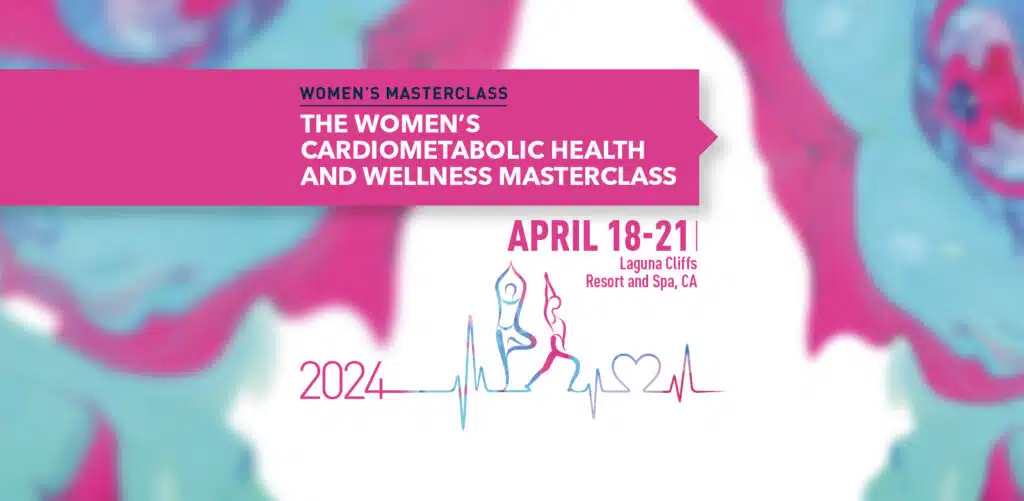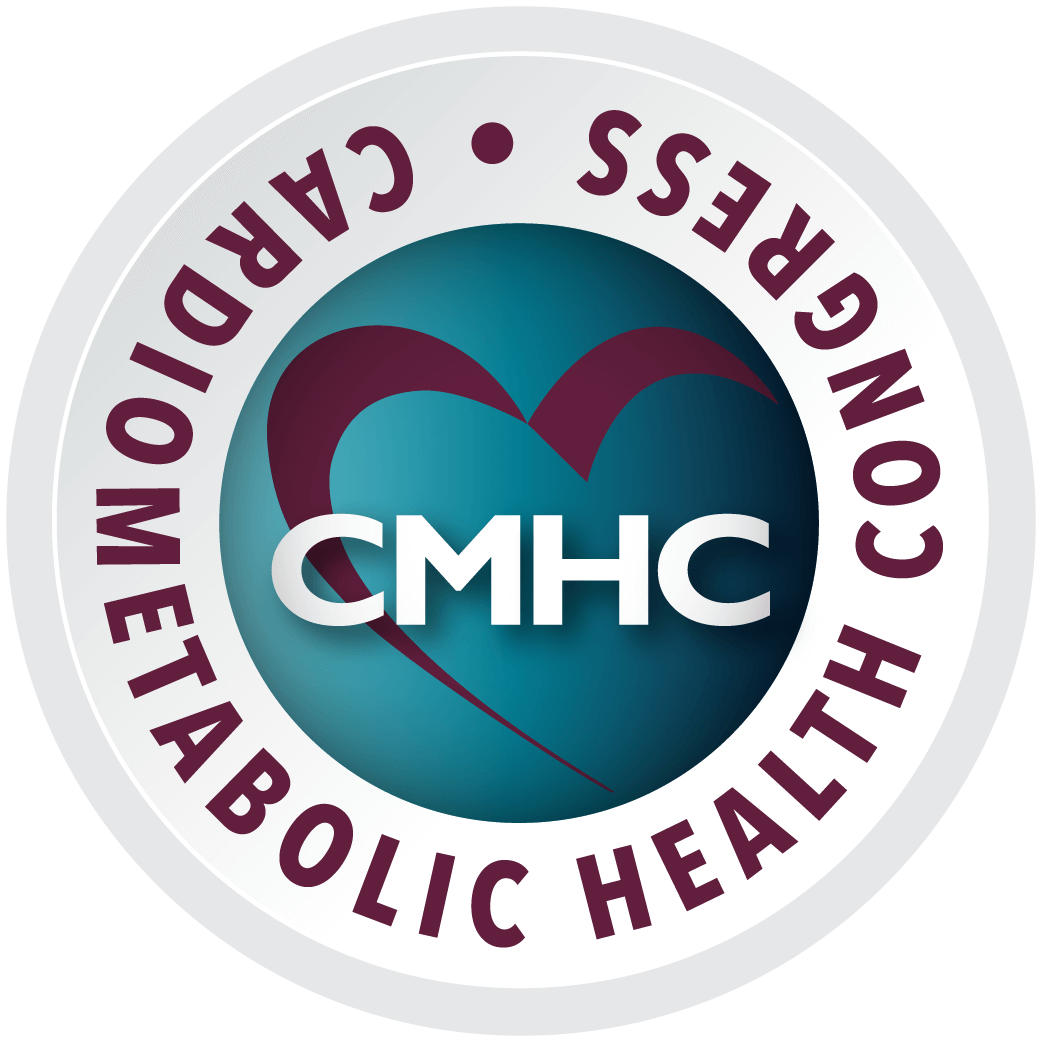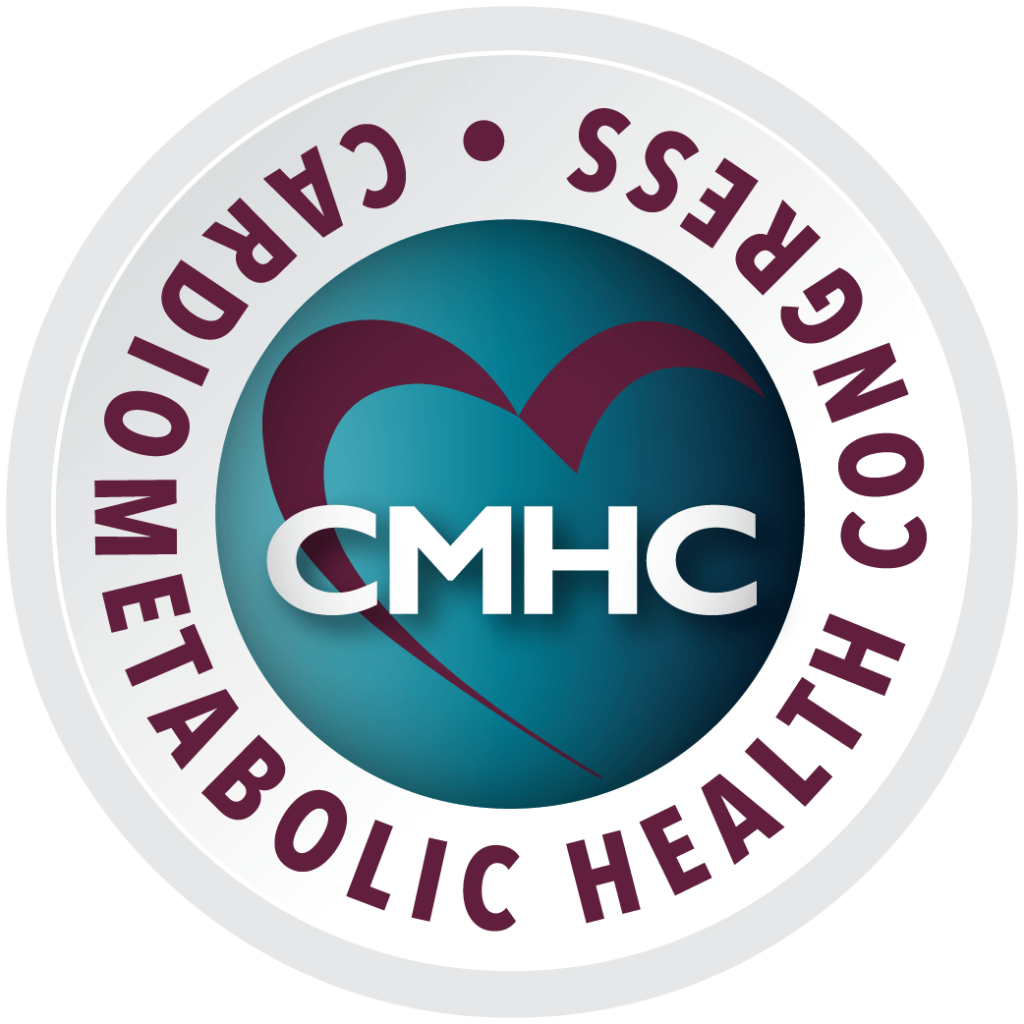DR. CARBONE: The new physical activity guidelines were published in 2018, an update after 10 years from the prior guidelines.11 They recommend that the ideal amount of physical activity for adults is 150 – 300 minutes a week of moderate-intensity, or 75-150 minutes a week of vigorous-intensity aerobic physical activity per week, or a combination of both. A good way to practically think about this to define moderate-intensity is an activity that involves fast walking (a pace of 3-4 mph), which is what we typically recommend to our patients. In addition to aerobic physical activity, the recommendation is also to add some kind of strength exercise two days a week, and although this seems to be a relatively easy goal to meet, it is very scary to think that only 30% of people actually meet the physical activity guidelines. Compared to the 2008 guidelines, where only exercises or activities that last at least 10 minutes could count towards the 150 minute/week goal, in the 2018 guidelines, any kind of moderate to vigorous physical activity can count toward the weekly goal, regardless of duration. This is important because now we can consider any kind of physical activity we do throughout the day to count towards the goal.
The levels of physical activity recommended in the guidelines have been associated with significant improvements in cardiometabolic health, including reduction in cardiovascular disease, overall mortality, improved mental health, sleep quality, as well as prevention of weight gain, obesity and T2DM. So, we should definitely do a better job in promoting physical activity12 and make sure that our patients actually meet these guidelines.


















